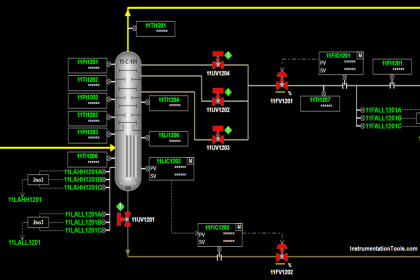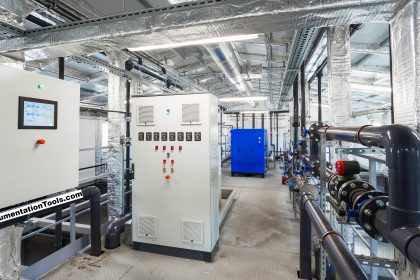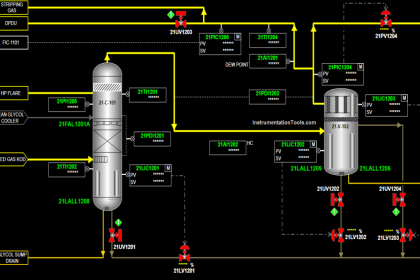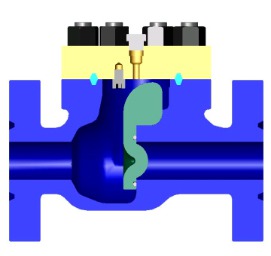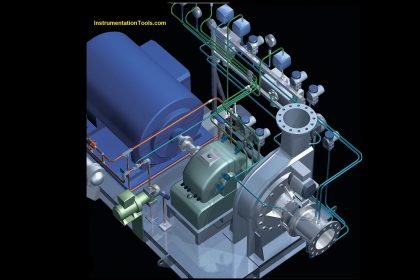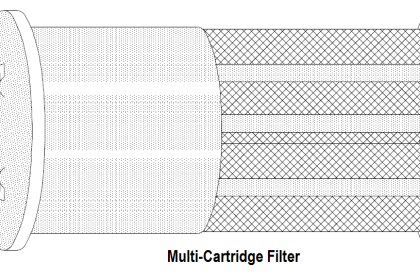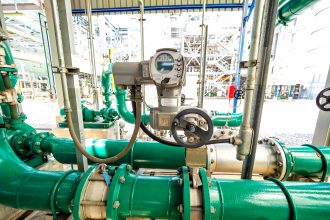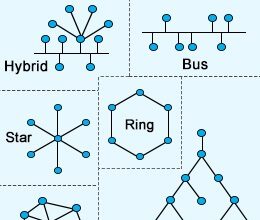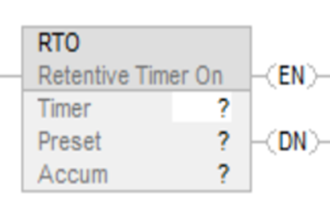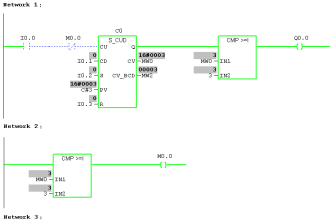When you drink or use water, every person has the same desire – to get clean water. Water, if good for use, will improve the health quality of an individual; basically, clean water is also good for all the equipment requiring water around you. You must have heard two general terms related to water – hard or soft.
Hard water is not good for health and the equipment around; mostly, soft water is required for use. To make the water soft, an equipment called a water softener is used in the water treatment process.
In this post, we will see the concept of a water-softening system.
What is Hardness in Water?
By the meaning hard, we mean that water contains many components like dissolved calcium, magnesium, iron, or other minerals. The water source from where you get the water is the main criterion on how they treat water and give it to you. Hard water is one of the most common issues faced in a house or industry.
You can easily identify whether the water is hard or not by the following observations:
- Filmy soap scums across bathrooms, kitchens, or basically on steel appliances in a home or industry
- Dry hair or skin after bathing or washing
- Scales building in the pipes, clogging the water supply after some point in time
- In a heated area, the higher the temperature of the water, the more the minerals inside it will solidify and harden into solid deposits in the system. This can be easily visible.
- Long time for washing clothes (it remains stiff even after washing constantly)
- Visibility of corrosion or rust in the devices
Basically, hard water is not good for use and it will easily dampen the use of equipment after prolonged use. The minerals that they contain, are easily bonded with other types of metals due to their chemical structure. This is the hardness present in water. It is determined by milligrams per liter.
Working of Water Softener System
To remove the hardness in water, a system called a water softener is used. This system removes minerals from the water by a method called ion exchange. It acts as a magnetic pulley-type logic, pulling the hard minerals towards it in exchange for soft minerals and making the water soft. Let us first understand the basics.
As discussed through magnetic properties earlier, a magnet has two poles – north and south. When two magnets are placed in front of each other, opposite poles attract, and the same poles repel each other. The same concept works in an ion exchange. Here, the hard minerals in water have a positive charge.
A mixture containing sodium ions has a negative charge. Since opposite charges attract, the negative charge of the minerals is attracted to the positive charge of the minerals. So, when the water passes through this mixture, the hard ions get trapped inside the mixture, and in exchange, the soft ions bond with the water and move outside. The result is, we get soft water at the output.
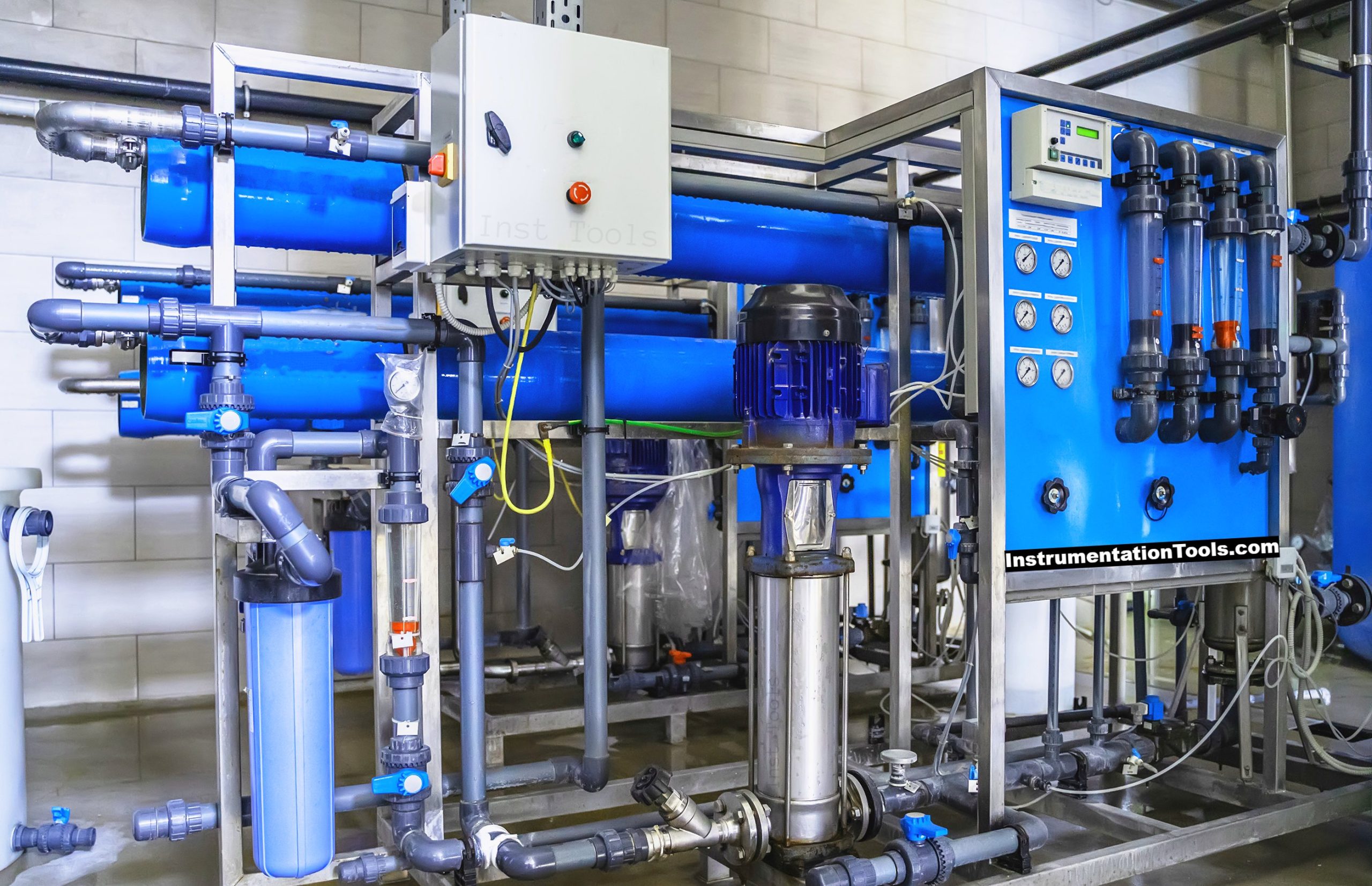
Let us discuss in deep now how a softener system works. A softener system consists of three main components – a mineral tank, a control valve, and a brine tank.
A mineral tank is the main chamber, where softening activity happens. Hard water is passed through this vessel containing resin beds of sodium ions, and the resulting outlet is soft water. It is in this tank that the soft minerals are filled and the hard minerals are drained out.
The control valves are used to control the water flow to the mineral tank. A softener has three main cycles of operation – service, regeneration (cleaning), and brine filling. When you want to run the softener as a normal service provider of soft water, then the corresponding valves will turn on which will take the inlet hard water and pass the outlet soft water.
In regeneration mode, the corresponding valves turn on in such a way that instead of passing water to the outlet, they pass the water to the drain. This is used to clean the softener of hard minerals deposited after prolonged use.
Overall, the softener is cleaned and made ready to use for the next service cycle. The brine filling mode is used to fill the tank again with the soft mineral mixture after prolonged use of service. Control valves will turn on accordingly to take the brine mixture and fill the resin bed in the tank.
The brine is a short tank that is placed adjacent to the mineral tank. It is filled with a highly concentrated solution of salt or potassium which contains sodium ions, for filling the resin bed in the mineral tank.
This is the typical working of a softener system. It thus reduces or eliminates the hardness of the water to a great extent and helps in purifying water. In this way, we saw the concept of a water softening system in water treatment.
Read Next:
- Process Air Compressor Overhauls
- Heat Exchanger Root Cause Analysis
- Mechanical Variable Speed Drives RCA
- Compressor Case Discharge Temperature
- TEFC Motors Rampant Winding Burnouts
